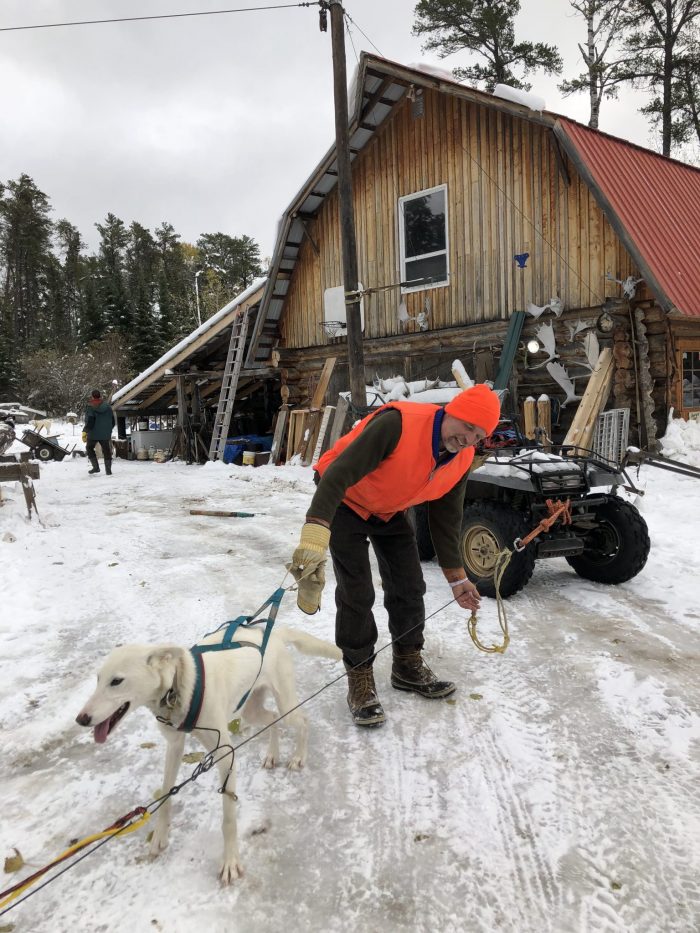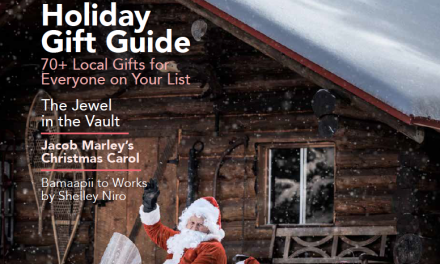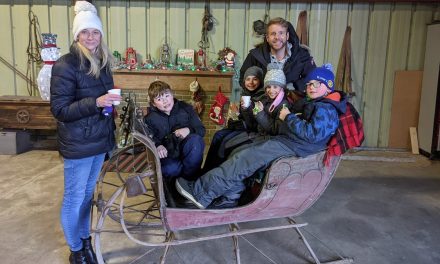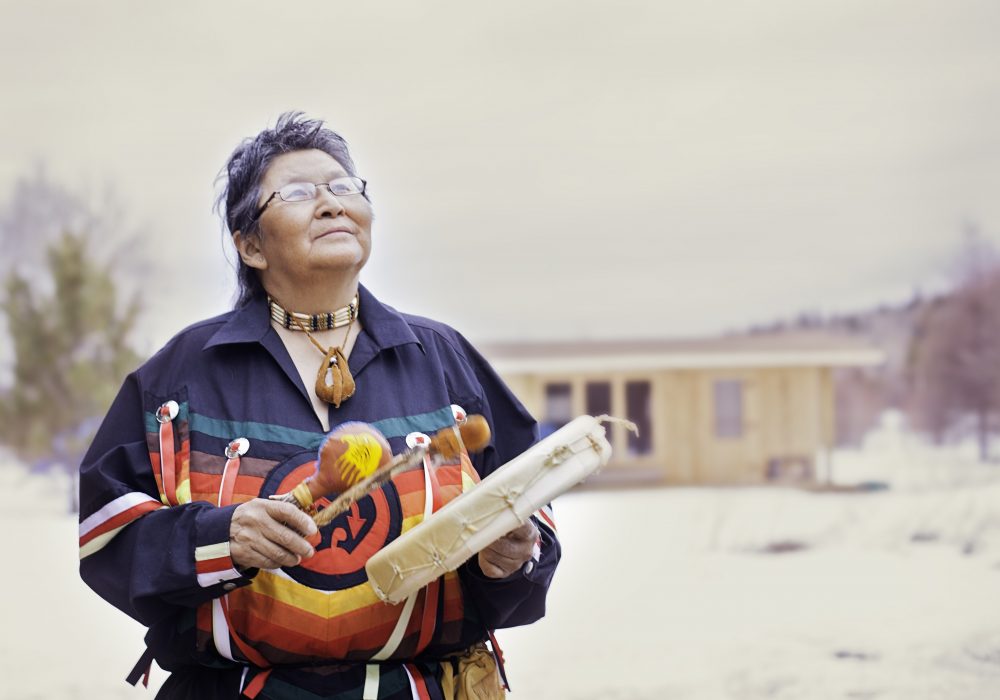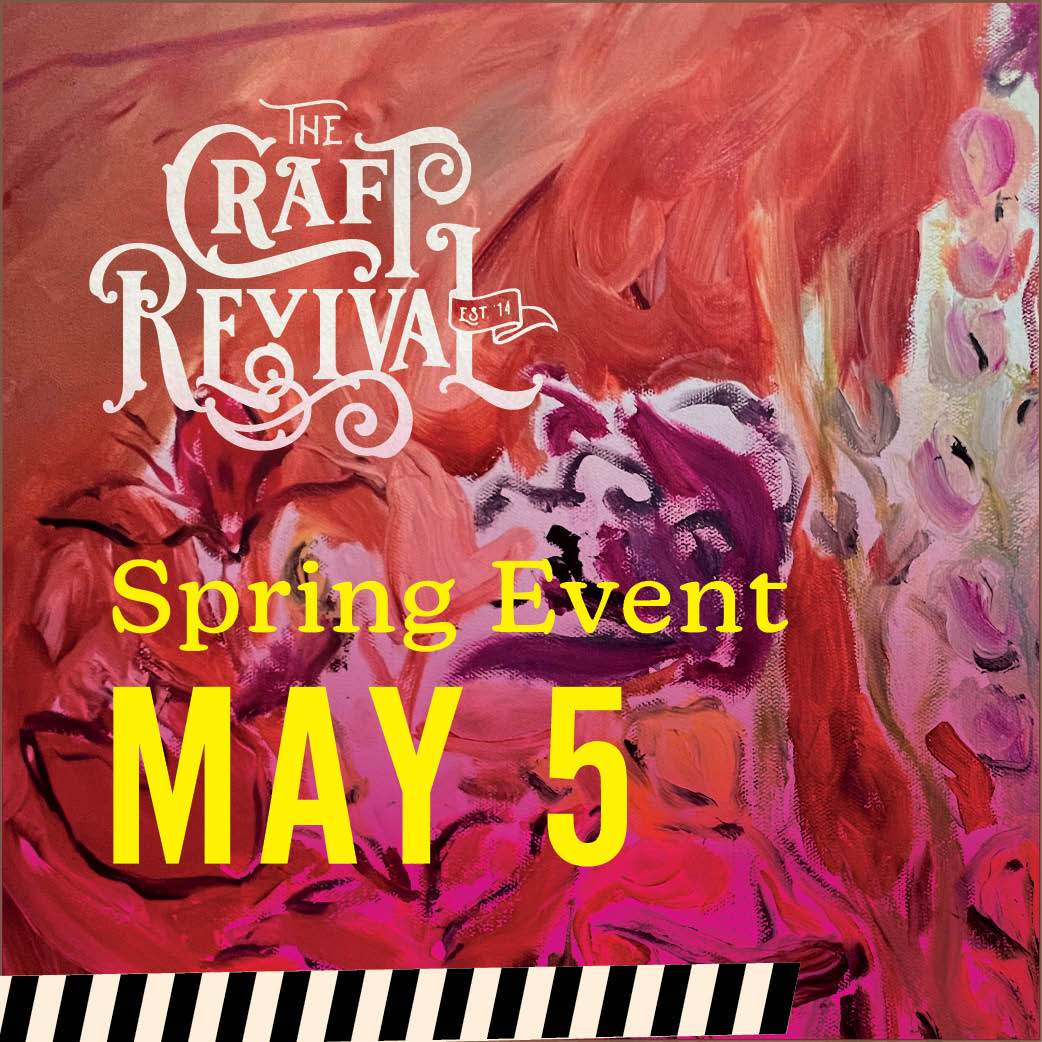Story by Bonnie Schiedel, Photos by Burton Penner
Sled dogs are incredible winter athletes, often capable of running 60-plus kilometres on snowy trails with short rest breaks. And how do these athletes train when there’s no snow? By pulling an ATV, of course.
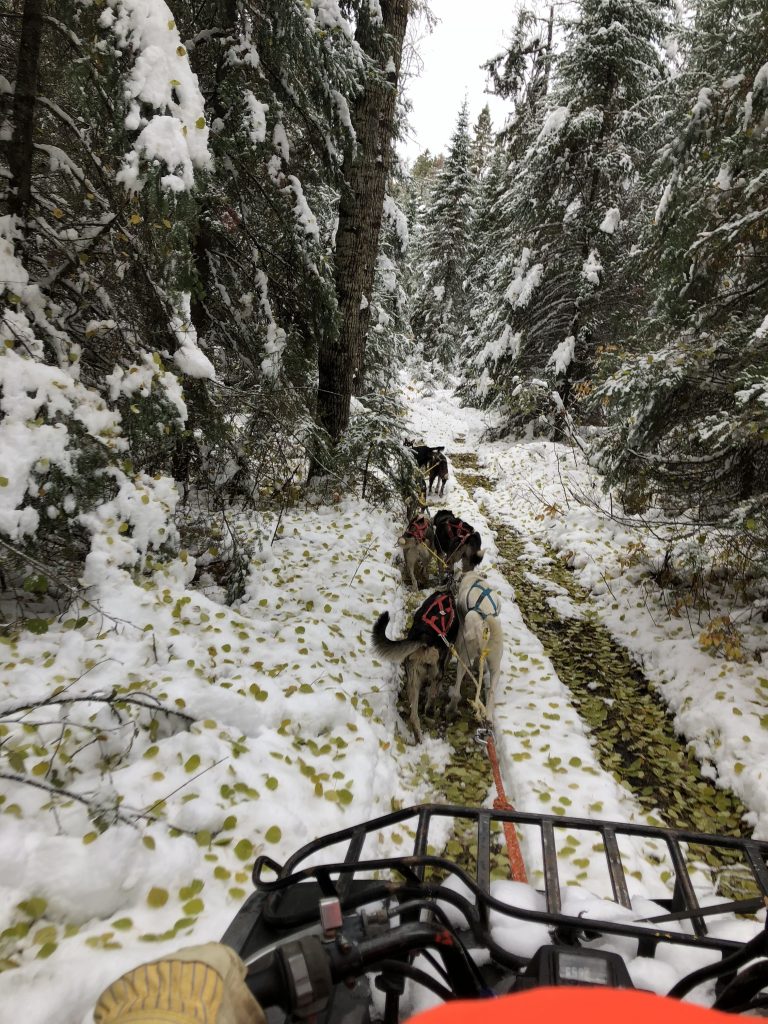
“When they feel this cooler weather, you can tell they just want to go,” says Burton Penner of Borealis Dog Sled Adventures in Vermilion Bay. He’s been running sled dog teams for 36 years, and currently has 43 Alaskan huskies that make up teams in his dog sled expedition business. In late September or early October, he starts taking his dogs out in 10- to 12-dog teams harnessed to a quad. “If I have pups that are first-timers for the year, they’re the ones that I start with, getting them used to a harness. I put them with an old, slow, calm dog and make sure they’re having a good time,” explains Penner. He says that in addition to getting the younger dogs accustomed to pulling, he also uses the time with the quad to see if any new “superstar” lead dogs are emerging, or if any older dogs need to retire.
With the ATV in neutral, the teams initially go out every two or three days, starting with a 1.5-km trip at a time and gradually building up to 16-km trips before the snow flies. “We keep the speed down so nobody gets hurt. The nice part about an ATV is you’ve got weight and you’ve got brakes, so it’s all about holding the dogs back, really. With the genetics and the breeding, they just want to run,” he says. “You use neutral for the most part but then in tough sections of the trail, where it might be swampy or muddy or going up hills you give them a little help with the throttle.” Penner is sure to give the dogs water breaks and doesn’t take them out for a run on warm fall days. The dogs may also wear booties to protect their paws until their feet toughen up on the trail.
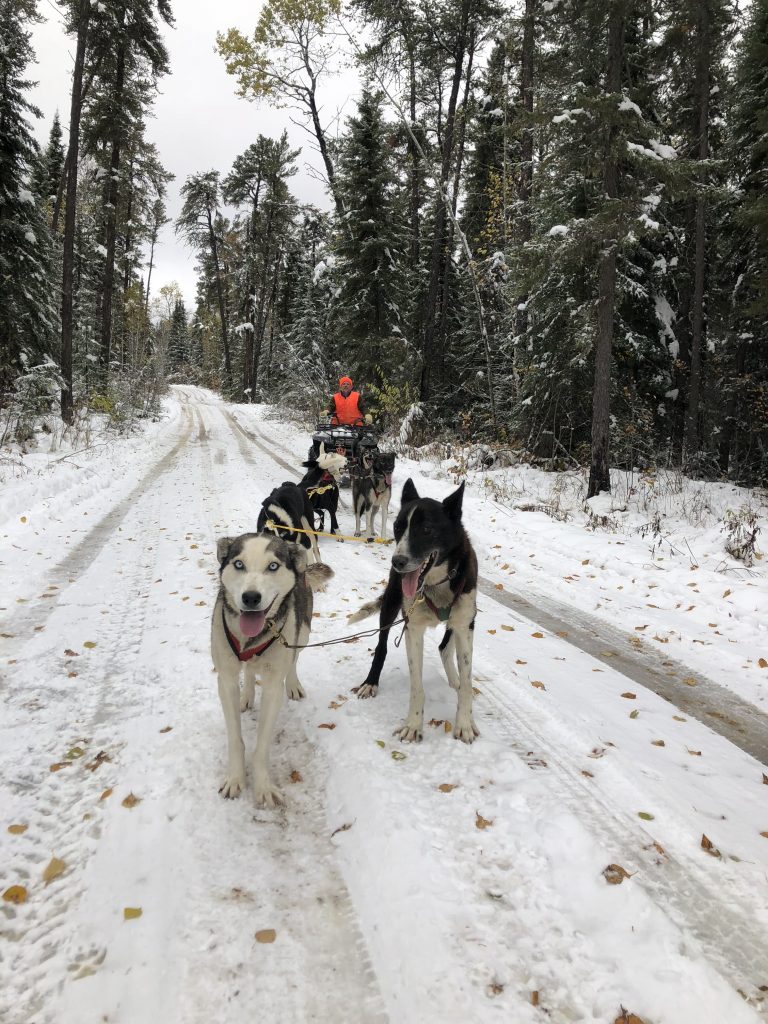
Fall training is special (and occasionally exciting when the team encounters a beaver or skunk on the trail). “I love watching the dogs work again. It’s beautiful, when the air is crisp like that. I always tell people that dog sledding is a winter sport like no other because you don’t put your dogs away like a pair of skis or a snowmobile. Every day [of the year], you’re looking after your dogs: feeding, watering, cleaning up. You’re looking forward to winter every day throughout the summer. When fall comes and you’re training, it all kind of comes together.”


